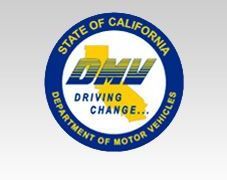Robocar Retirement
Submitted by brad on Mon, 2014-10-13 21:59Here's an interview with me in the latest Wall Street Journal on the subject of robocars and seniors.
This has always been a tricky question. Seniors are not early adopters, so the normal instinct would be to expect them to fear a new technology as dramatic as this one. Look at the market for simplified cell phones aimed at seniors who can't imagine why they want a smartphone. Not all are like this, but enough are to raise the question.





 With that in mind, here's some commentary on matters that came up during the session.
With that in mind, here's some commentary on matters that came up during the session.